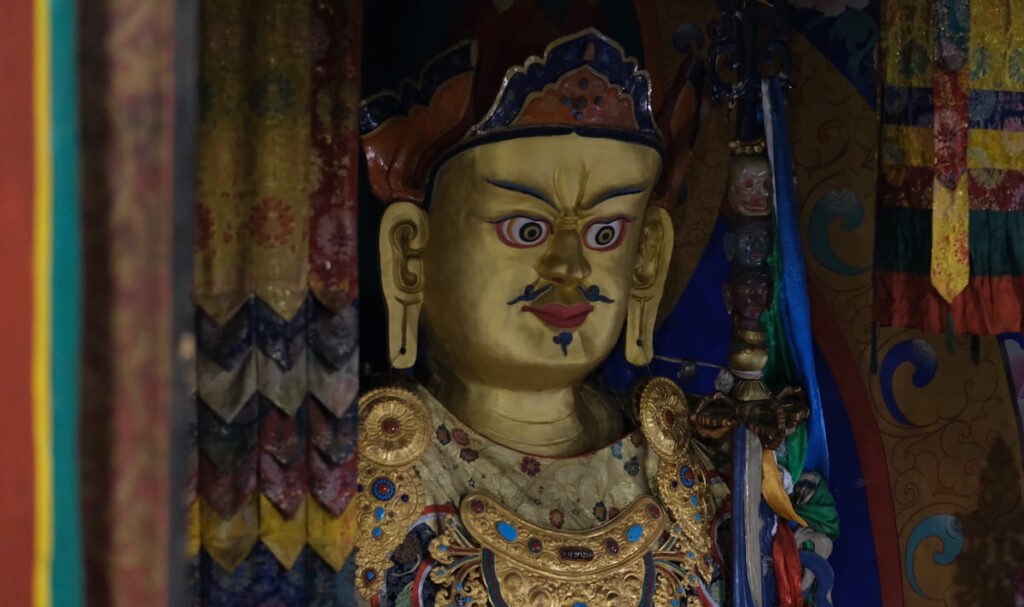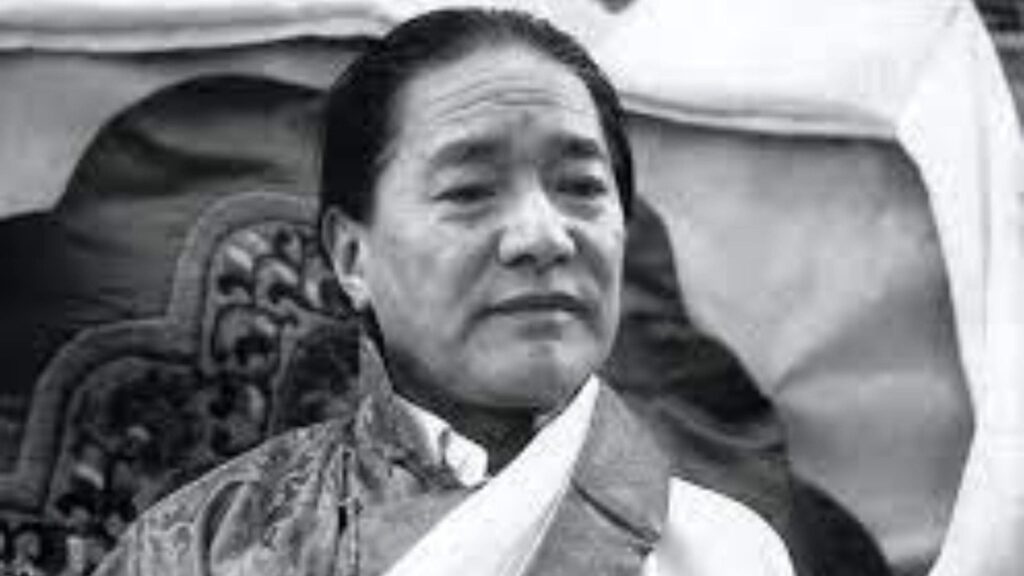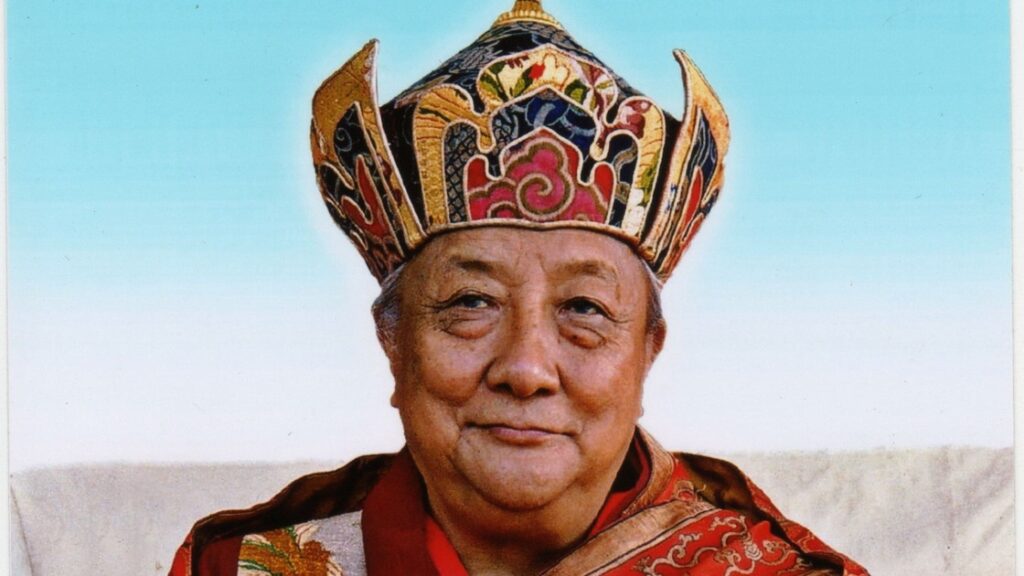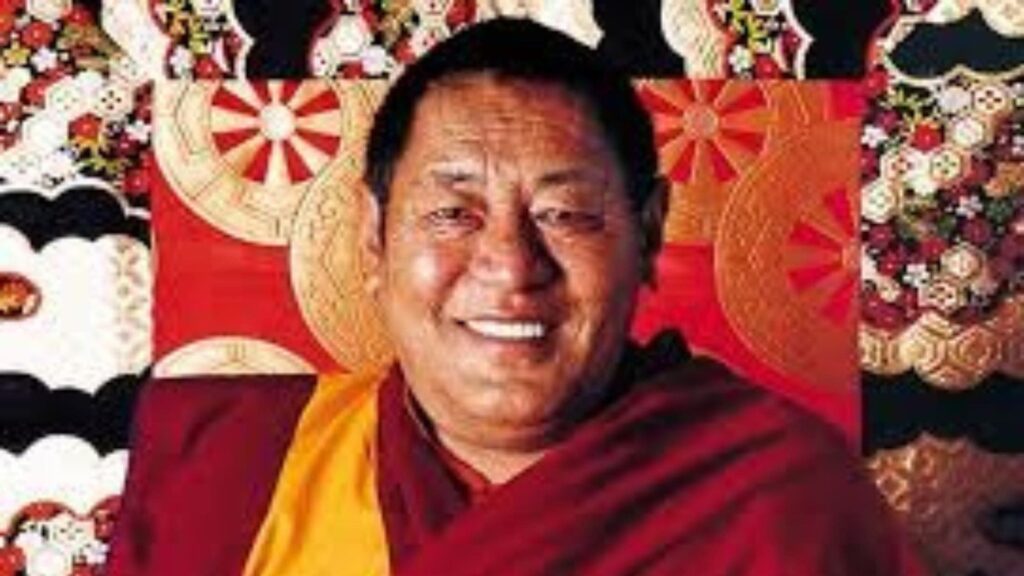+86-15889090408
[email protected]
Tibetan Buddhism is a rich and diverse spiritual tradition that has captivated the hearts and minds of people around the world. Within this tradition, one of the oldest and most revered lineages is the Nyingma lineage. In this blog post, we will delve into the origins, teachings, and practices of the Nyingma lineage, shedding light on its unique contributions to Tibetan Buddhism.

The Nyingma lineage traces its roots back to the 8th century in Tibet, during the reign of King Trisong Detsen. It was during this time that the Indian master Padmasambhava, also known as Guru Rinpoche, was invited to Tibet to help establish Buddhism. Guru Rinpoche played a pivotal role in the spread of Buddhism, particularly the Vajrayana teachings, throughout the region.
The Nyingma lineage is often referred to as the “Ancient” or “Old” School of Tibetan Buddhism, as it predates the other major lineages that emerged later. It is believed to have been founded by Padmasambhava himself, who transmitted his teachings to his twenty-five main disciples, known as the “twenty-five disciples of Padmasambhava.”
The Nyingma lineage encompasses a vast array of teachings and practices, drawing from both the sutra and tantra traditions of Buddhism. One of the distinctive features of the Nyingma lineage is its emphasis on Dzogchen, often referred to as the “Great Perfection.”
Dzogchen is considered the highest and most direct path to enlightenment within the Nyingma tradition. It is a profound and transformative practice that focuses on recognizing the innate nature of the mind and resting in its natural state. Through Dzogchen, practitioners aim to transcend dualistic thinking and experience the true nature of reality.
In addition to Dzogchen, the Nyingma lineage also encompasses a wide range of other practices, including deity yoga, mantra recitation, meditation, and ritual ceremonies. These practices are designed to purify the mind, cultivate compassion, and awaken the innate wisdom within each individual.

Over the centuries, the Nyingma lineage has been upheld and nurtured by a succession of accomplished masters. Some of the most renowned masters include Longchenpa, Jigme Lingpa, Patrul Rinpoche, and Dilgo Khyentse Rinpoche. These masters have not only preserved the teachings of the lineage but have also made significant contributions to its development and dissemination.
Their writings, commentaries, and oral instructions have become invaluable resources for practitioners seeking guidance on the path. The Nyingma lineage continues to thrive today under the guidance of contemporary masters who carry on the rich legacy of their predecessors.

The Nyingma lineage is one of the oldest and most revered schools of Tibetan Buddhism. It traces its origins back to the 8th century when the Indian master Padmasambhava, also known as Guru Rinpoche, introduced Buddhism to Tibet. Over the centuries, the Nyingma lineage has flourished and evolved, giving rise to various branches that have contributed to the richness and diversity of Tibetan Buddhist teachings. Here are some of the prominent branches within the Nyingma tradition:
These are just a few examples of the branches within the vast and diverse Nyingma lineage. Each branch has its unique teachings, practices, and lineages of accomplished masters. The Nyingma tradition as a whole is characterized by its emphasis on meditation, direct realization, and the integration of Buddhist teachings into all aspects of life.

The Nyingma lineage has had a profound impact on Tibetan Buddhism as a whole. Its teachings and practices have shaped the spiritual landscape of Tibet and continue to inspire countless practitioners worldwide. The Nyingma tradition has also played a crucial role in the preservation and transmission of Tibetan culture, art, and literature.
Furthermore, the Nyingma lineage has been instrumental in the revival and preservation of the ancient Bon tradition, the indigenous spiritual tradition of Tibet. Through their efforts, Nyingma masters have helped bridge the gap between Buddhism and Bon, fostering a harmonious coexistence between the two traditions.
The Nyingma lineage of Tibetan Buddhism stands as a testament to the enduring power and wisdom of the Buddhist teachings. With its rich history, profound practices, and lineage of accomplished masters, it continues to be a source of inspiration and guidance for spiritual seekers around the world.
Whether one is drawn to the profound teachings of Dzogchen or the intricate rituals of deity yoga, the Nyingma lineage offers a path of transformation and awakening. It invites us to explore the depths of our own minds, discover our innate wisdom, and cultivate compassion for the benefit of all beings.